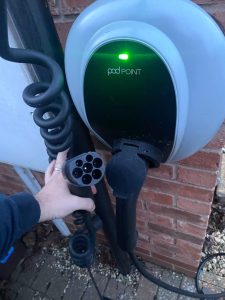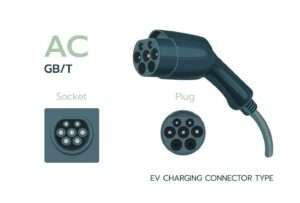Following my post about Different EV Connectors, it’s time to cover the process of charging an EV (Electric Vehicle) or PHEV (Plug-in Hybrid EV). Most people will want to charge their EV at home, with charging their EV at work, or when out and about being secondary to charging overnight at their house.
There are three main “levels” of charging, Level 1, 2 and 3. As a general rule of thumb the higher the level, the more power is available to transfer, and the faster the charging.
EV Charging Background
The power stored in the Vehicle battery is DC (Direct Current) this is the same regardless of whether it is an EV or a PHEV. The power supplied by the electrical grid is AC (Alternating Current). Onboard the vehicle is an On Board Charger (OBC) allowing AC charging via Level 1 or Level 2 from an EVSE (Electric Vehicle Supply Equipment). When using Level 3 charging equipment the AC/DC converter is built into the EVSE.
Level 1 Charging
Level 1 is the slowest type of EV charging. These are not generally seen outside a small number of countries, the United States and Canada being the main areas where level 1 is an option. They plug into a 110 V AC outlet and offer a power output of between about 1 and 1.8 kW, which equates to about 3 to 6 miles per hour of additional range. In Europe where household power is 230/240 V AC level 1 EV charging is unavailable.
In the United States, Level 1 EVSEs are generally plugged into the mains using a NEMA 5-15 plug.
Level 1 vehicle connectors
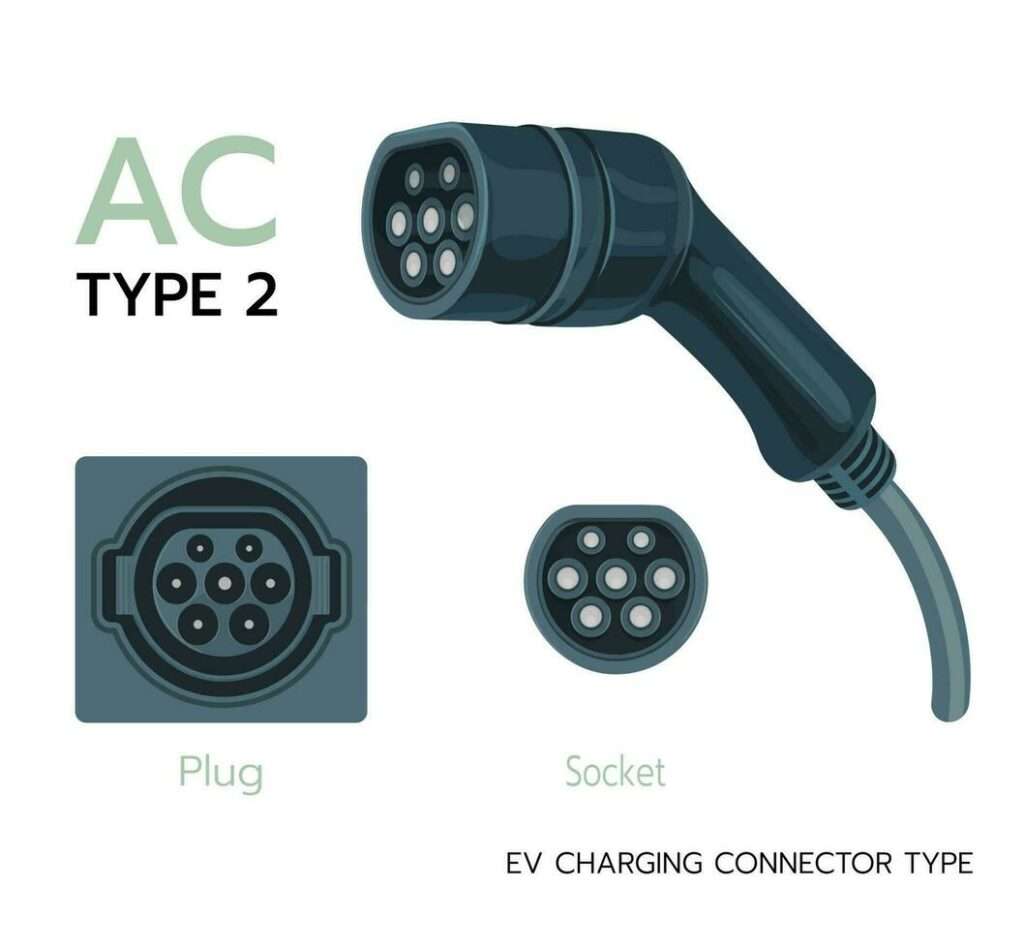
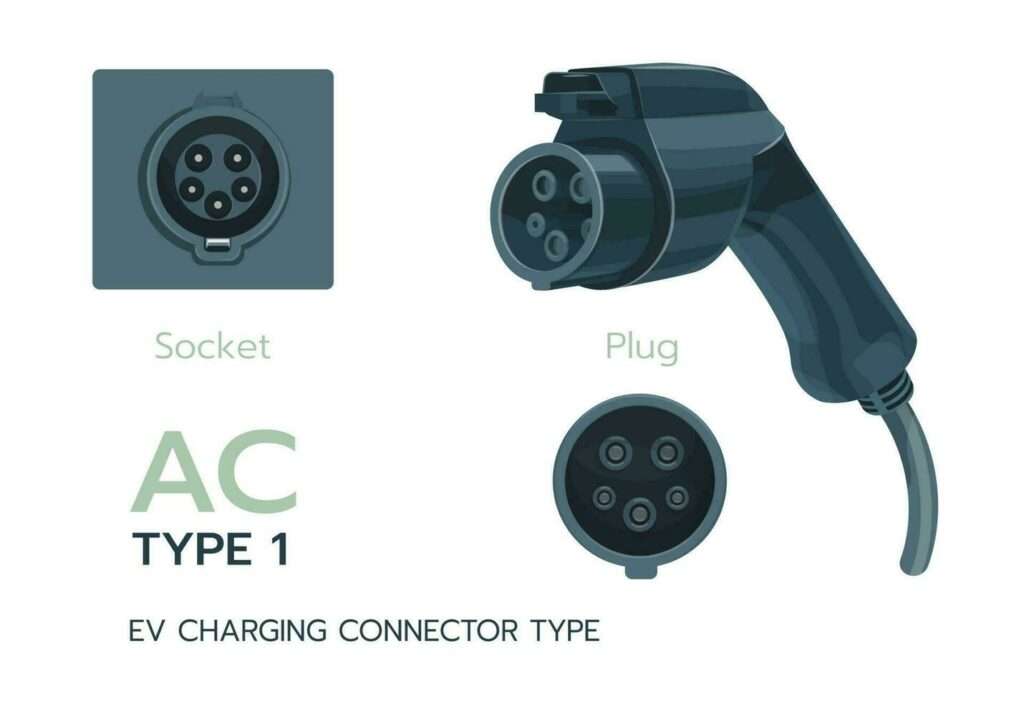
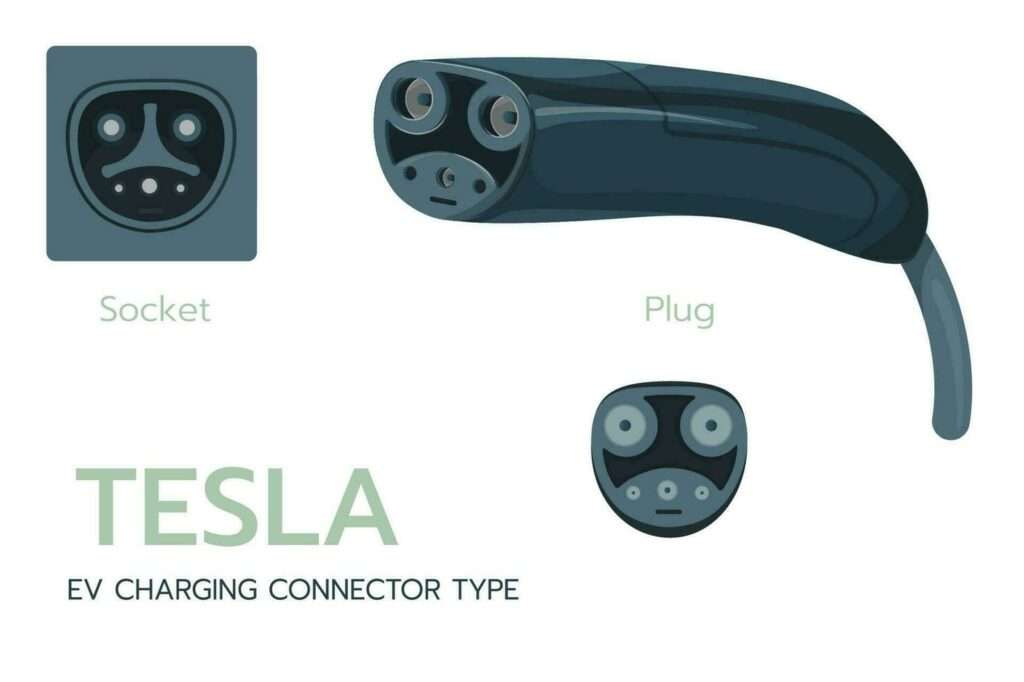
Level 2 Charging
Like level 1 charging, Level 2 chargers supply AC Power to your vehicle, however with a higher voltage, In the States this is taken from a 220 V AC singlephase split feed, in Europe for a household single phase this is 230 V AC. The Type 2 connector can support full three-phase 415 V AC, however this is normally more industrial installations. neither NACS (SAE J3400) nor Type 1 supports three phases.
Outside the North American market, the portable domestic charger designed to charge the vehicle when from a domestic socket is Level 2 Charger, in the UK these are supplied with a BS 1363 Plug.
The image to the right shows the PodPoint Solo 3 that we have installed on the side of our house. The Solo 3 comes in three power ratings, 3.6, 7 or 22 kW. ours is a 7 kW EVSE. the 22 kW EVSE would require us to have a three-phase power supply to the property. (The plug shown in my hand is a GB/T plug, which plugs into the GB/T charger socket. this is not to be confused with a Type 2).
The power output of a type 2 EVSE is between 3 and 22 kW depending on where you are in the world, this allows for between about 10 and 75 miles of range to be added to your vehicle per hour of charge.
Regardless of the amount of power the EVSE can supply, the limiting factor is always the lowest of the rating of the EVSE, the rating of the OBC, and the current carrying capacity of the cable.
Level 1 and Level 2 chargers generally make use of the Comand Pilot (CP) and Proximity Pilot (PP) signals to negotiate the speed of charge.
Level 3 EV charging – DC Fast Charging
Unlike Level 1 and Level 2 charging, Level 3 does not make use of the OBC to charge the batteries. the EVSE converts the power supplied by the grid and converts the power from AC to DC externally to the vehicle, this means that the OBC is not a limit to the speed of charge, that limit is now between the EVSE and the BMS (Battery Management System) in the vehicle.
Level 3 also does not make use of CP/PP communication between the vehicle and the EVSE, instead using higher-level communications such as CAN or PLC (Power Line Communications).
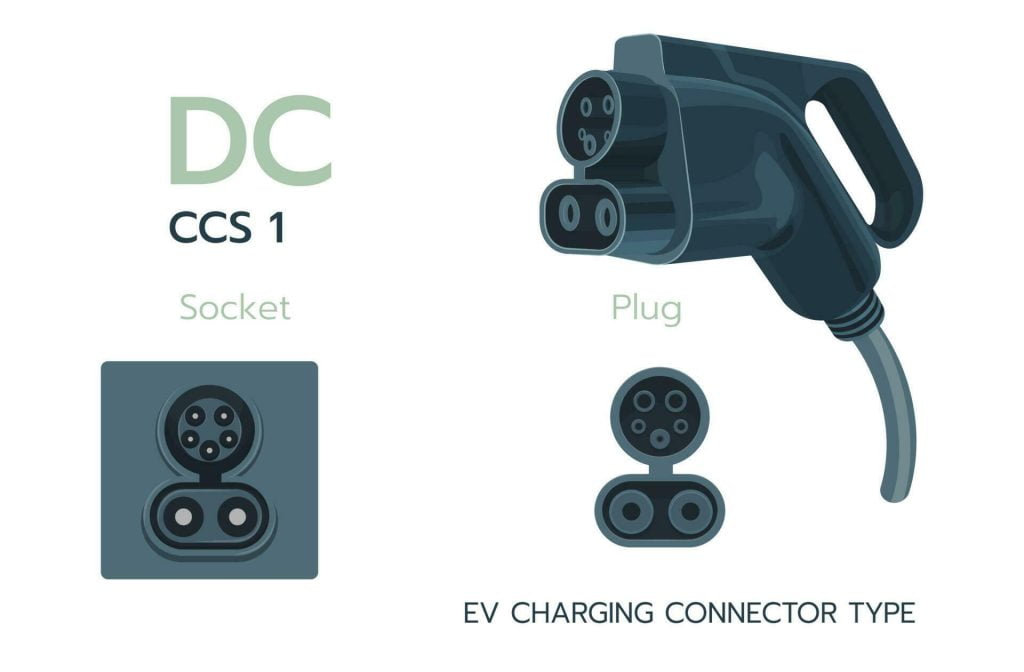
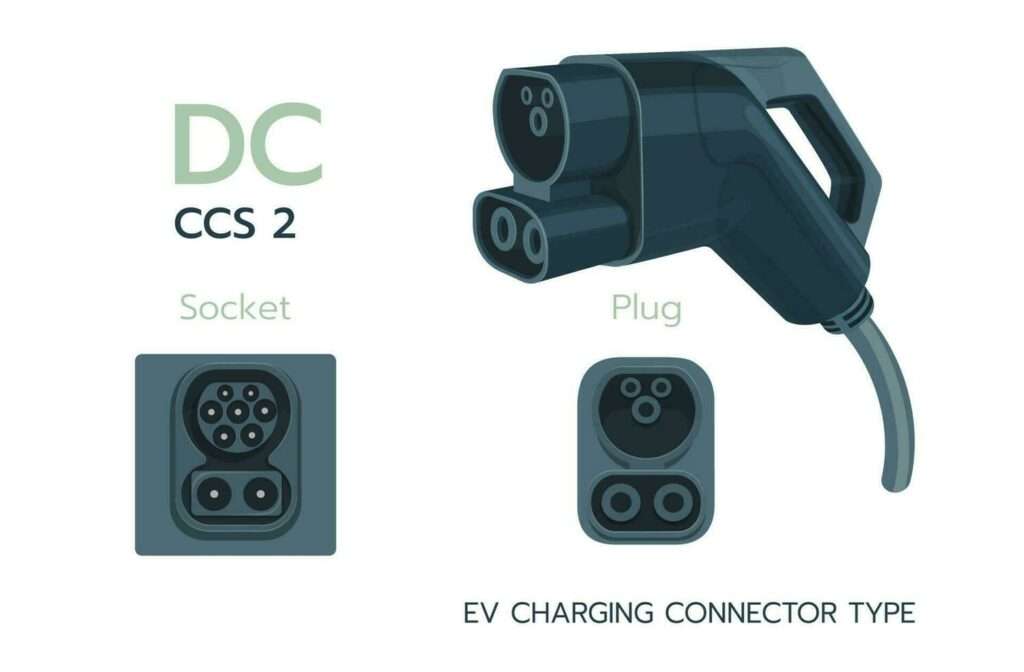
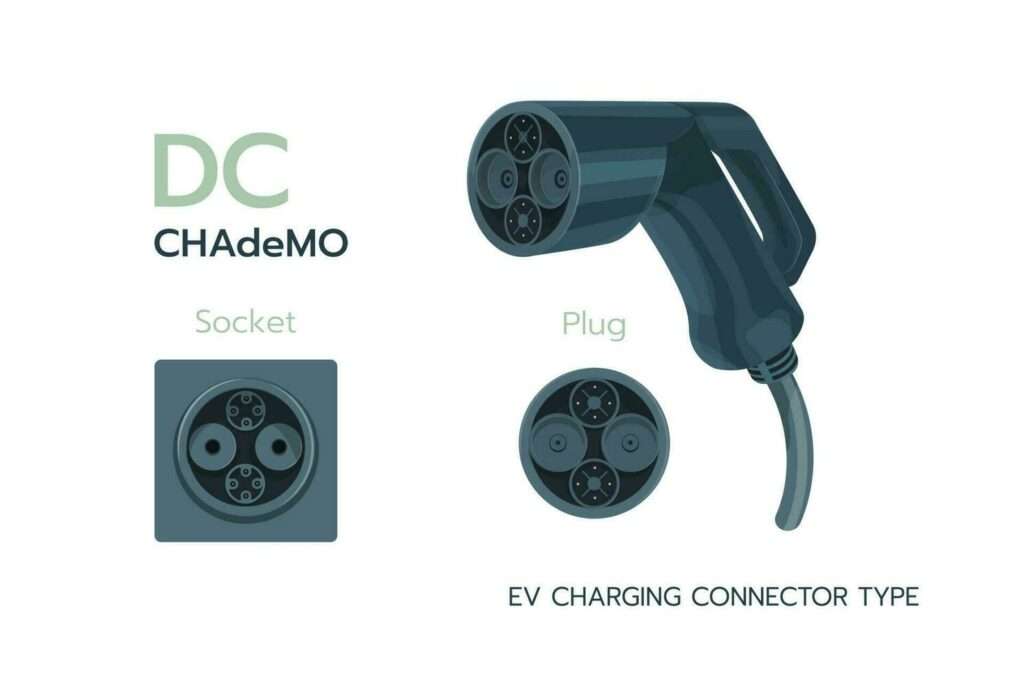

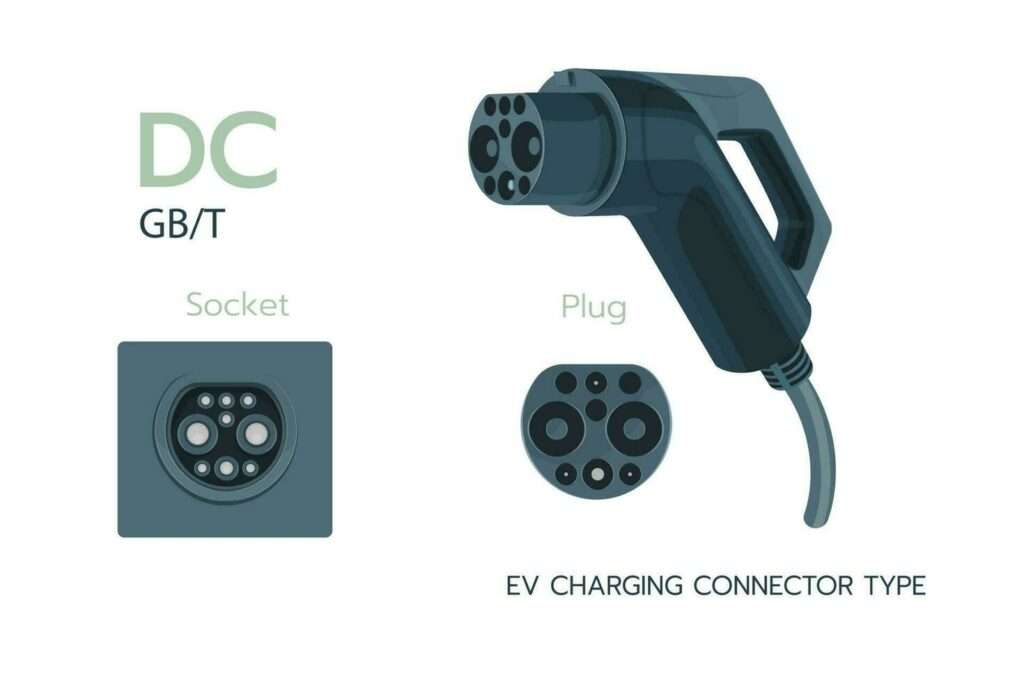
The number of kW of power that a DC fast charger can provide is something that is increasing at the moment, with Type 2 CCS raited for up to 350 kW and CHAdeMO supporting up to 500 kW. the charging speed in miles is about as follows:
| 30 kW | 87 miles / hour |
| 50 kW | 145 miles / hour |
| 100 kW | 289 miles / hour |
| 120 kW | 347 miles / hour |
| 150 kW | 434 miles / hour |
| 180 kW | 520 miles / hour |
| 250 kW | 723 miles / hour |
| 350 kW | 1012 miles / hour |
